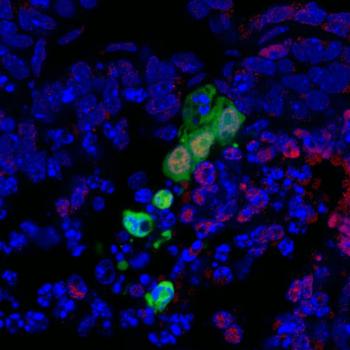Alison Underwood, who is in her 60s,
was diagnosed with Parkinson’s 10 years ago and now runs a support group
in the Llandudno area in Wales for others with the condition. “I set up a
monthly dance group, that many of us find physically helpful and enjoyable,”
she explains. “We do a lot of ‘free’, expressive dancing, and there is
considerable emphasis on the fact that it doesn’t matter if you’re sitting
or standing. The positive effect that dancing has on us is quite magical.”
Only 1% of people with Parkinson’s in
the UK live within reach of a dance practitioner specifically trained to work
with them. It was this statistic that inspired People Dancing,
a community dance organisation, to join the US-based Dance for Parkinson’s group in putting
together an online training programme to help dance teachers better meet their
needs.
The online programme enables dance
teachers to learn more about the condition, and helps them to adapt their
lessons to make them more appropriate – and beneficial – for those with
Parkinson’s. Anna Leatherdale, producer at People Dancing, is a dance
practitioner and a member of the Dance for
Parkinson’s Network UK. “The more that people with Parkinson’s can
engage with dancing, the more benefits they’ll feel,” she explains. “So if an
hour’s dancing means an hour’s benefit, and you’re only able to get to
a dance group once a month because there are so few teachers, that means
you’ll only be feeling an hour’s benefit a month. It’s not much.”
Dance
teachers have been working with people with Parkinson’s for more than a decade
in the US, thanks to pioneering work at the Brooklyn Parkinson Group and Mark Morris Dance Group in New York. “However, interest has been growing in the UK in the past few years, and we’re now seeing more of a demand for dance classes of this type,” says Leatherdale.
The Dance for Parkinson’s Network UK supports experienced teachers in providing classes – including freelance dance and music artists, as well as artists from English National Ballet and Pavilion Dance South West. Teachers work in a range of dance styles, often teaming up with local support groups.
Underwood was inspired to set up her own group after attending a conference at which Dr Peter Lovatt, a dance psychologist also known as “Dr Dance”, explained how dancing benefits people with Parkinson’s. “We all seem to move more fluently, without bumping into others, which is difficult to do when you have Parkinson’s,” says Underwood.
She continues: “The opportunity for intentional physical contact in dance is important, too. We often work closely with a partner. When you have Parkinson’s, you can withdraw emotionally – I suppose you don’t feel as comfortable in your own body any more. Physically touching each other, while dancing, helps us to overcome inhibitions and to relax. This is useful because stress and tension exacerbate symptoms dramatically. Dancing leaves us all smiling, and we return home re-energised and ready to deal with the realities of life with Parkinson’s.”
Because the social element is so beneficial, the online training programme emphasises the importance of working with friends and carers, as well as with people with Parkinson’s. According to Parkinson’s UK: “Some people find gentle exercise, including dance, can help them to move with greater ease and gain some relief from symptoms, as well as improving mood. The social benefits of being active and doing something enjoyable with others can be just as important.”
Leatherdale has seen these benefits first hand. “By giving people with Parkinson’s an opportunity to dance, you give them confidence in their own bodies again. I’ve met people who have thought: ‘I’ve got a movement disorder – I can’t move any more.’ But by concentrating on a clear beat, rather than the physical act of moving, shuffling can, temporarily, turn back to walking. Then people can take what they’ve experienced into their day-to-day lives, for example by wearing headphones and listening to music with a beat while they’re out shopping.”
Imagery used in dancing can really help too. “Instead of saying to someone, put your arms out and move them around in a circle, we might say, pretend your hands are tracing ripples on water,” says Leatherdale. “By focusing on the image rather than the action, it becomes a lot easier. With Parkinson’s, you can lose a lot of facial expressions, but one of the best things is seeing the joy that emerges when people with Parkinson’s rediscover the delight that dancing with other people can bring.”
Joyce Plaice has been attending lessons in Plymouth for the past two years: “Dancing is the opposite of life with Parkinson’s, which I find is a slow, depressing slog – like walking through treacle. The tight muscles remind me of new knicker elastic with little give. But when I hear the music, the muscle tension eases and my mood lifts. I am doing what normal people do: socialising, making physical contact, using my brain to learn new steps. And my body gets a healthy boost with a much wider range of movements than it would get during the course of my day.”
http://www.theguardian.com/lifeandstyle/2015/may/03/dancing-proves-good-move-for-people-with-parkinsons-disease#img-1






